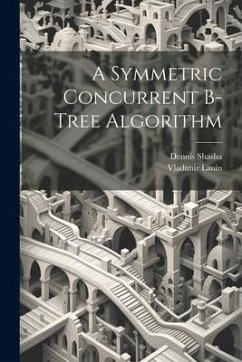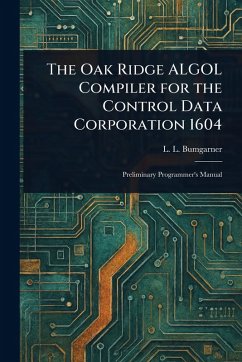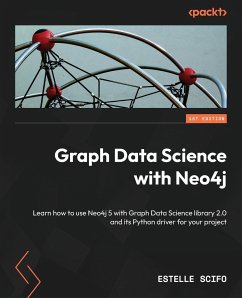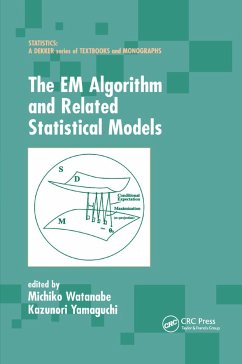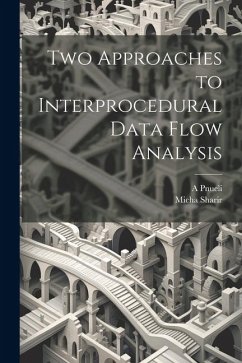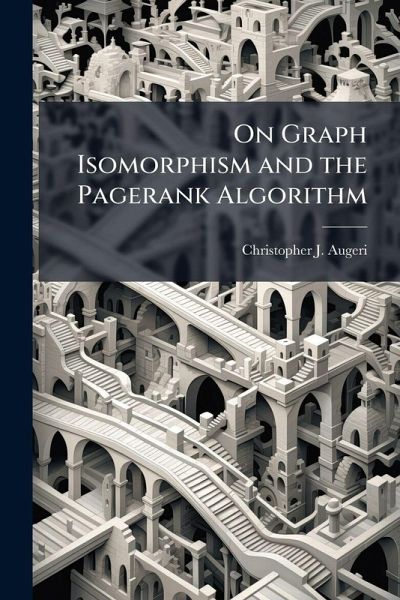
On Graph Isomorphism and the Pagerank Algorithm
Versandkostenfrei!
Versandfertig in über 4 Wochen
18,99 €
inkl. MwSt.
Weitere Ausgaben:

PAYBACK Punkte
9 °P sammeln!
Graphs express relationships among objects, such as the radio connectivity among nodes in unmanned vehicle swarms. Some applications may rank a swarm's nodes by their relative importance, for example, using the PageRank algorithm applied in certain search engines to order query responses. The PageRank values of the nodes correspond to a unique eigenvector that can be computed using the power method, an iterative technique based on matrix multiplication. The first result is a practical lower bound on the PageRank algorithm's execution time that is derived by applying assumptions to the PageRank...
Graphs express relationships among objects, such as the radio connectivity among nodes in unmanned vehicle swarms. Some applications may rank a swarm's nodes by their relative importance, for example, using the PageRank algorithm applied in certain search engines to order query responses. The PageRank values of the nodes correspond to a unique eigenvector that can be computed using the power method, an iterative technique based on matrix multiplication. The first result is a practical lower bound on the PageRank algorithm's execution time that is derived by applying assumptions to the PageRank perturbation's scaling value and the PageRank vector's required numerical precision. The second result establishes nodes contained in the same block of the graph's coarsest equitable partition must have equal PageRank values. The third result, the AverageRank algorithm, ensures such nodes are assigned equal PageRank values. The fourth result, the ProductRank algorithm, reduces the time needed to find the PageRank vector by eliminating certain dot products in the power method if the graph's coarsest equitable partition contains blocks composed of multiple vertices. This work has been selected by scholars as being culturally important, and is part of the knowledge base of civilization as we know it. This work was reproduced from the original artifact, and remains as true to the original work as possible. Therefore, you will see the original copyright references, library stamps (as most of these works have been housed in our most important libraries around the world), and other notations in the work. This work is in the public domain in the United States of America, and possibly other nations. Within the United States, you may freely copy and distribute this work, as no entity (individual or corporate) has a copyright on the body of the work. As a reproduction of a historical artifact, this work may contain missing or blurred pages, poor pictures, errant marks, etc. Scholars believe, and we concur, that this work is important enough to be preserved, reproduced, and made generally available to the public. We appreciate your support of the preservation process, and thank you for being an important part of keeping this knowledge alive and relevant.



